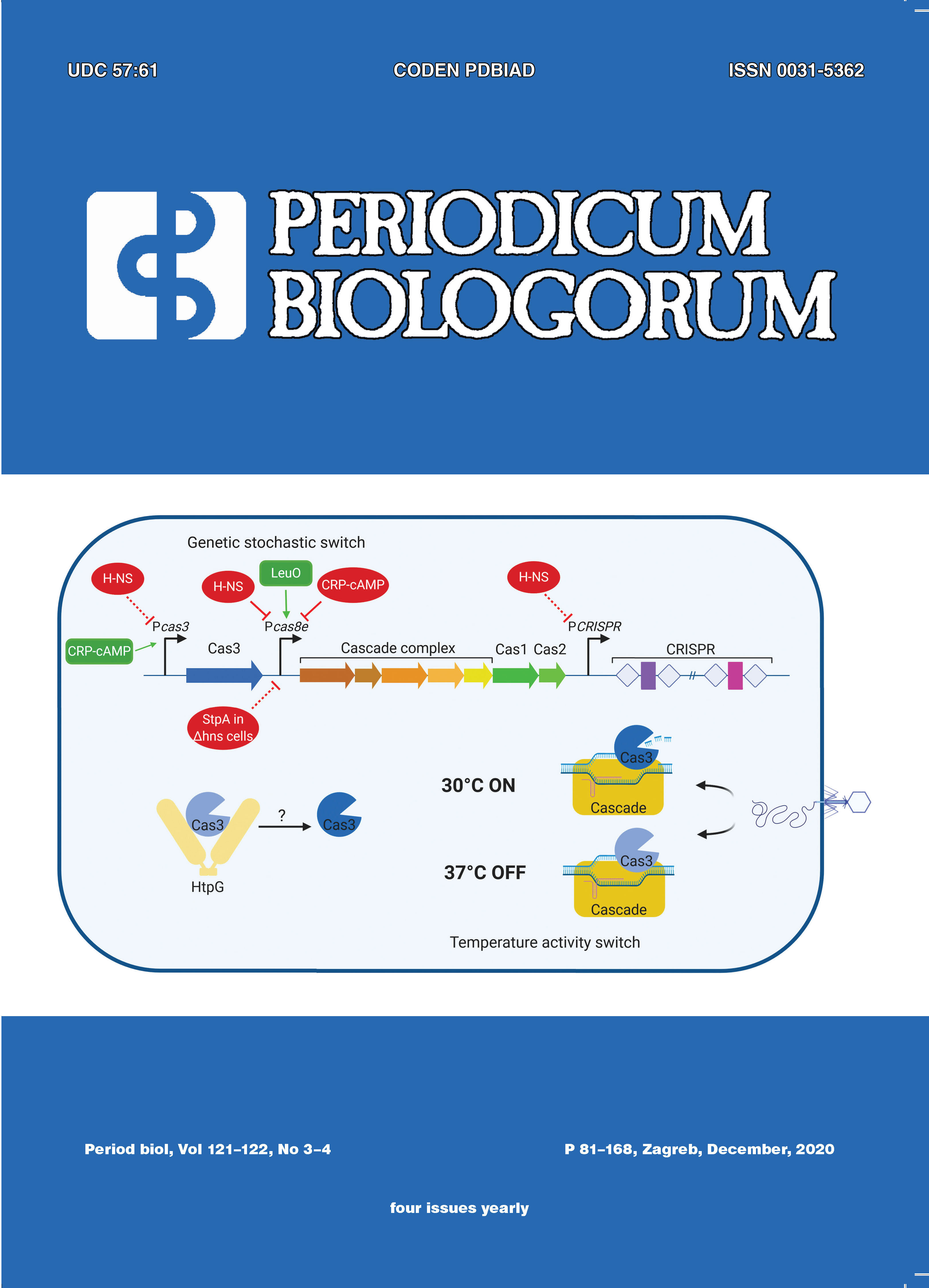Synthesis and hydrolysis of auxins and their conjugates with different side-chain lengths: are all products active auxins?
Spiridion Brusina lecture
DOI:
https://doi.org/10.18054./pb.v121-122i3-4.10516Abstract
Plants need hormone substances to regulate a plethora of responses during their life cycle. One major hormone class is called auxin, which is involved in many developmental processes. Besides the major auxin indole-3-acetic acid, there are other auxin-like molecules present in some, but not in all plants, an example would be chlorinated IAA in legumes. Among these are also the auxins with longer chains, indole-3-propionic acid and indole-3-butyric acid. The auxin-dependent growth response is dependent on the concentration of the compound. While lower concentrations are mainly growth promoting, high concentrations are actually inhibiting some developmental processes. Therefore, tight control of the auxin concentration is essential for proper growth and development. This can be achieved by altering the amount of active auxin via transport, biosynthesis, degradation or reversible conjugation to small molecules. In addition, plants use auxin during their interaction with the environment, for example during abiotic stresses such as salt, temperature or water stress to adapt the growth responses specifically. Furthermore, auxin is involved in the development of plant disease symptoms, such as tumor growth or aberrant tissue formation. However, together with other plant hormones such as salicylic acid auxin can also modulate disease progression or resistance in different plant – microbe combinations.
Downloads
Published
Issue
Section
License
The contents of PERIODICUM BIOLOGORUM may be reproduced without permission provided that credit is given to the journal. It is the author’s responsibility to obtain permission to reproduce illustrations, tables, etc. from other publications.


